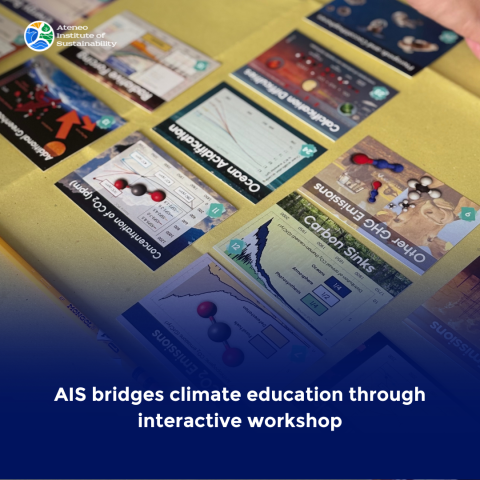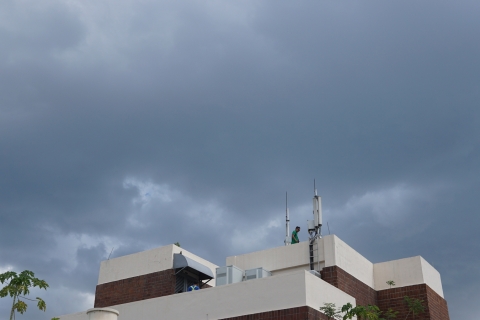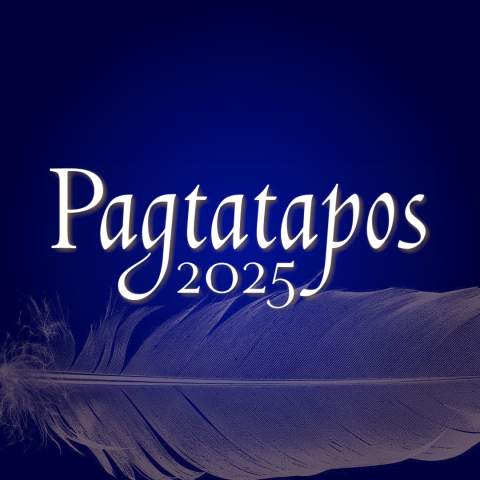SOSE research on bioplastics from discarded crab shells featured in international science news
16 Nov 2024
A team of researchers composed of Dr Efren Gumayan (Department of Physics), Dr Ian Ken Dimzon (Department of Chemistry), and Dr Raphael A Guerrero (Department of Physics) made waves internationally with their innovative research of creating bioplastics from discarded crab shells. Their research has gained international attention, as evidenced by features in renowned science news outlets such as Optics and Photonics News and Laser Focus World. Links to online articles about the chitosan-based bioplastic are found below.
Optics and Photonics News:
https://www.optica-opn.org/home/newsroom/2023/march/biodegradable_gratings_made_from_crab_shell_waste/
Laser Focus World:
https://www.laserfocusworld.com/optics/article/14292489/turning-crab-shells-into-lightweight-diffraction-gratings
AZoOptics:
https://www.azooptics.com/News.aspx?newsID=28234
Phys.org:
https://phys.org/visualstories/2023-03-biodegradable-optical-components-crab-shells.amp
The Analytical Scientist:
https://theanalyticalscientist.com/techniques-tools/crustacean-creations
Manila Bulletin:
https://mb.com.ph/2023/6/9/waste-not-want-not-waste-crab-shells-can-be-made-into-diffraction-gratings-for-optical-instruments
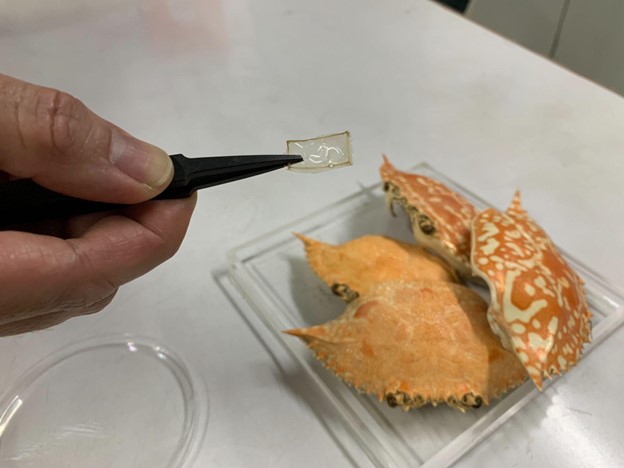
As a major seafood producer, the Philippines generates a substantial amount of seafood waste, with over 250,000 metric tons produced annually, of which a significant portion involves discarded shells. Efren Gumayan, then a PhD Physics candidate, saw potential, while many others saw rubbish. Recognizing the potential of crab shells as a valuable resource, he explored the possibility of repurposing them into bioplastic components which can be used for an optical element called a diffraction grating.
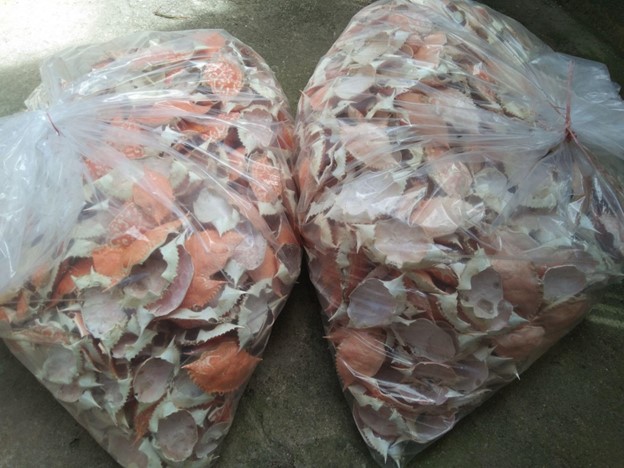
The journey from crab shells to diffraction gratings was a complex process, but its result is definitely more than a shell of its former self. For the first step, the team oven-dried blue swimming crab shells and ground them into a fine powder. From this powder, they extracted chitosan, a natural polymer, using a chemical process. In solution form, chitosan was found to be transparent and could be molded using a technique called soft lithography. When a chitosan solution was poured into a grating mold, the microscopic grooves were successfully replicated onto the hardened bioplastic. Diffraction performance of these gratings made of chitosan was similar to that of gratings made of silicone, but the bioplastic versions also had the advantage of being more environmentally friendly.
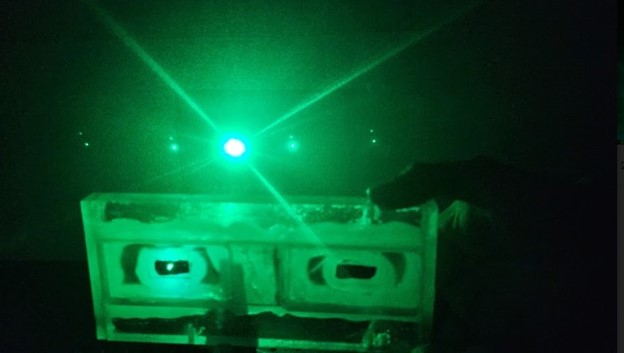
This innovative approach to fabricating optical devices aligns with the United Nations' Sustainable Development Goal 12, which calls for sustainable consumption and production patterns. By repurposing discarded crab shells, this research offers a promising solution to reduce disposal costs and minimize solid waste pollution within the seafood industry.
Furthermore, the development of low-cost, biodegradable diffraction gratings from crab shells has great potential for educational accessibility. Philippine schools, particularly at the basic education level, often have limited access to expensive optical devices made of glass. These bioplastic gratings can be used to conduct experiments on the wave nature of light, such as diffraction and dispersion, providing a more affordable way to teach and learn optics.
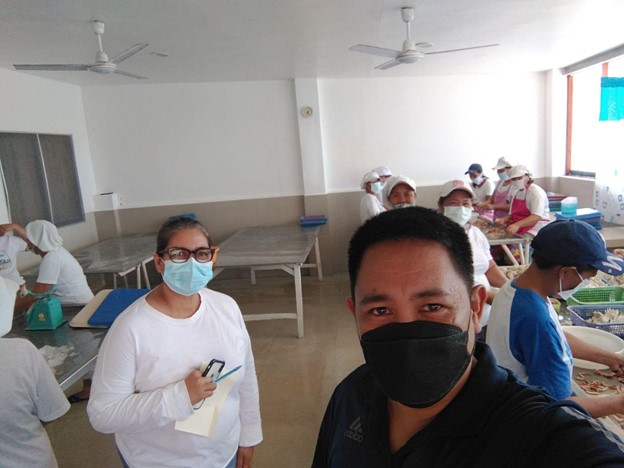
This research not only contributes to environmental sustainability but also opens new opportunities for economic growth within the seafood industry and educational sector. As this technology continues to evolve, further research and development are necessary to explore its full potential and address any challenges associated with scaling up production. By further developing this innovative approach, the Ateneo de Manila University can contribute to a more sustainable and resilient future for the Philippines.
